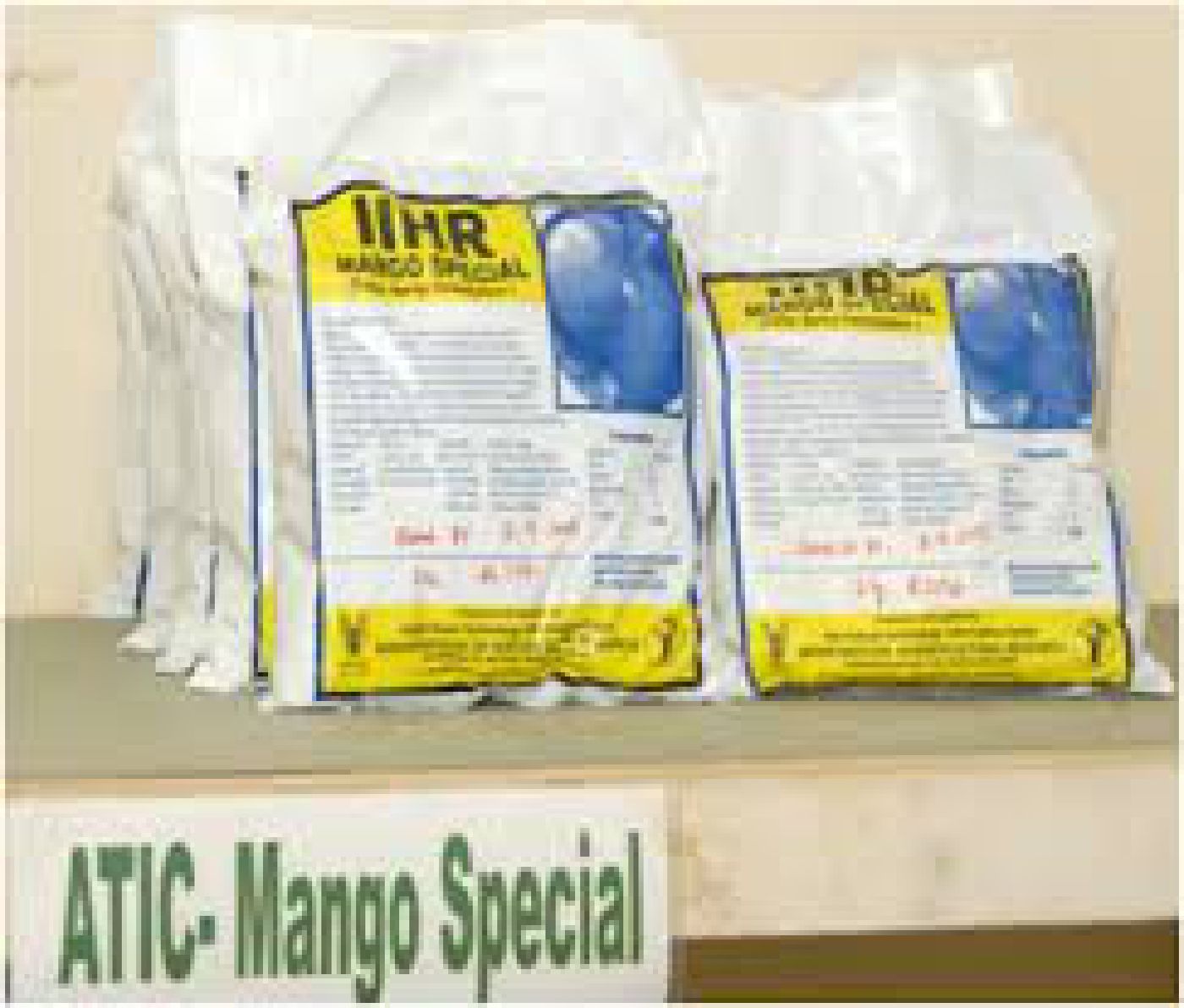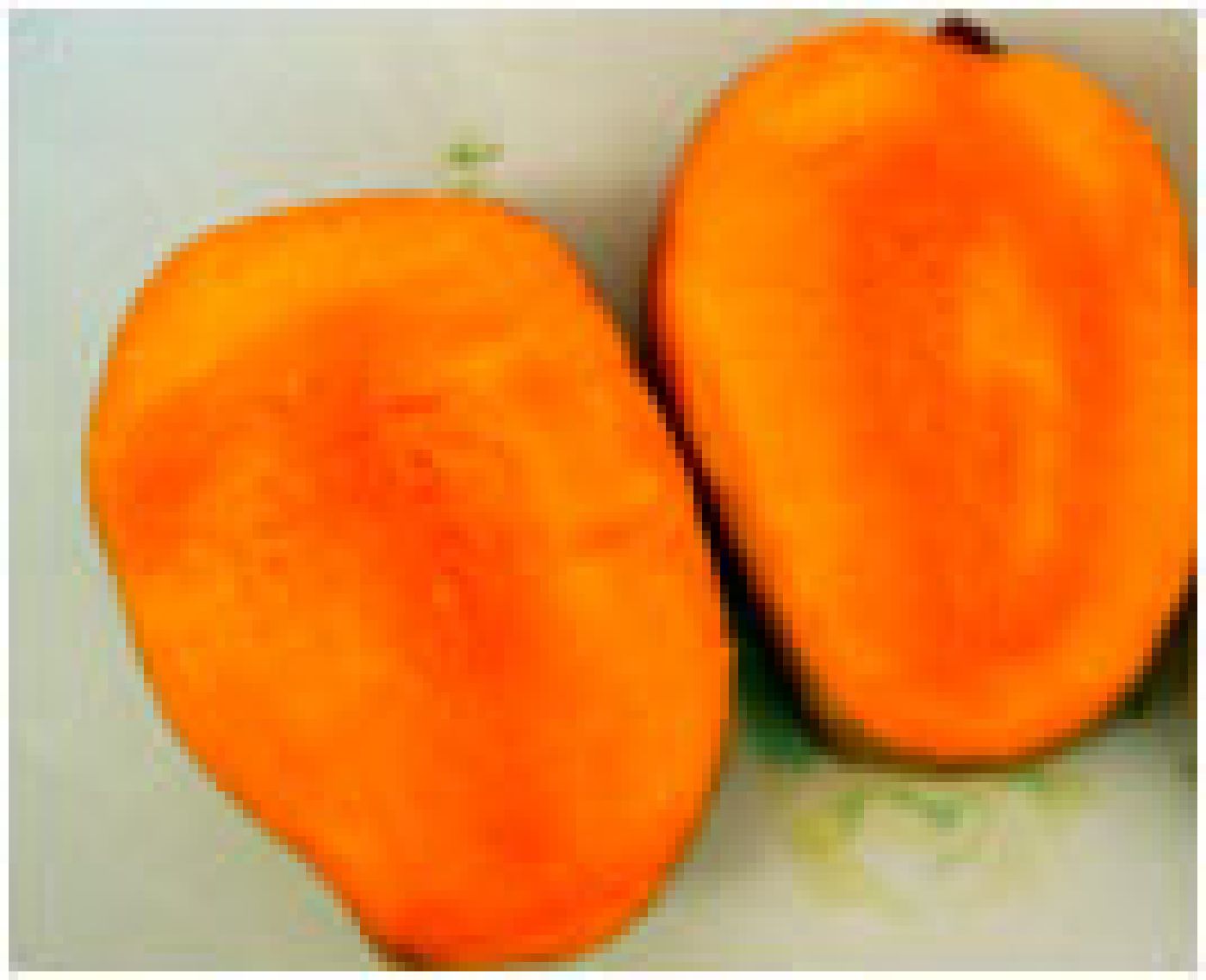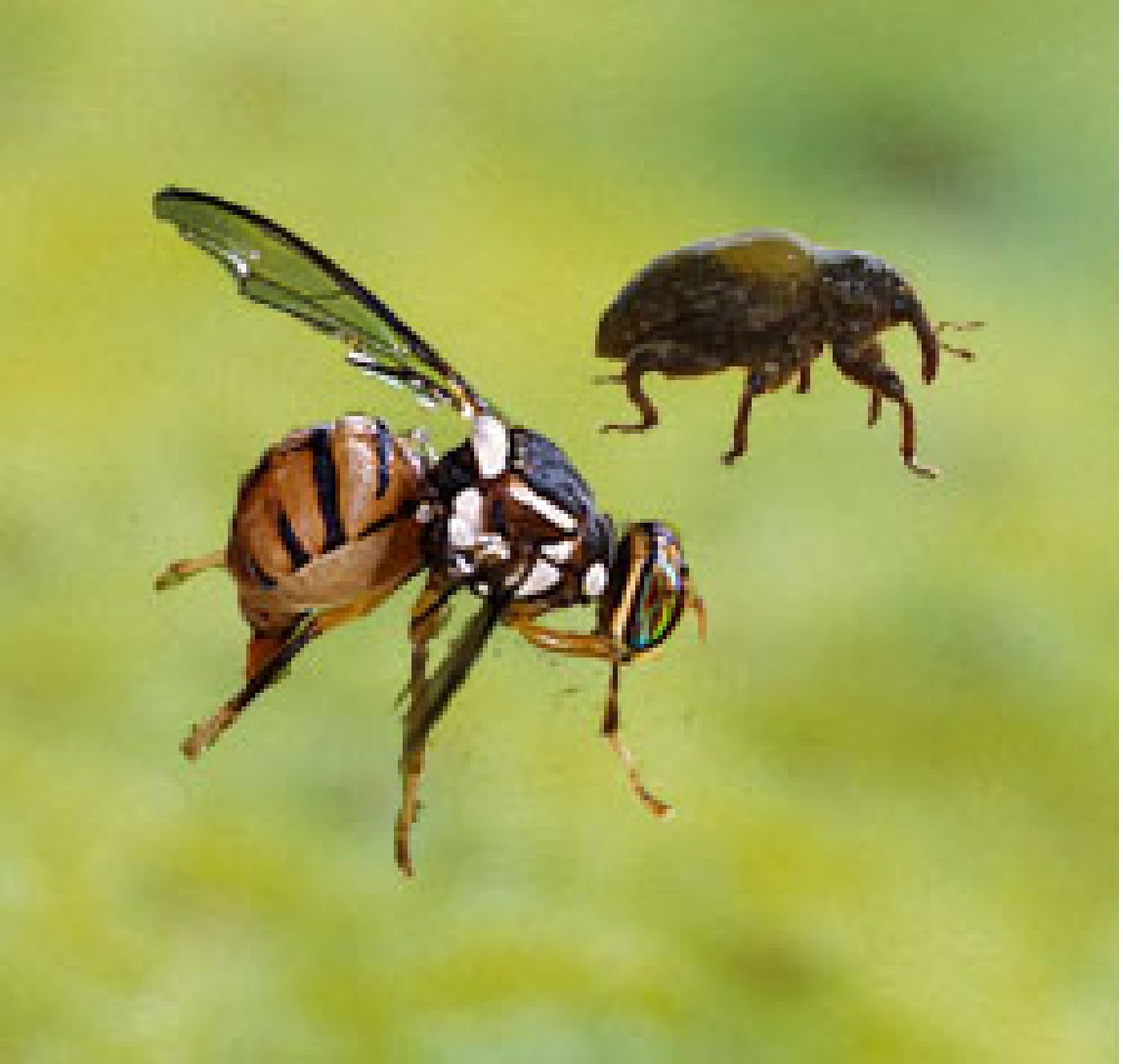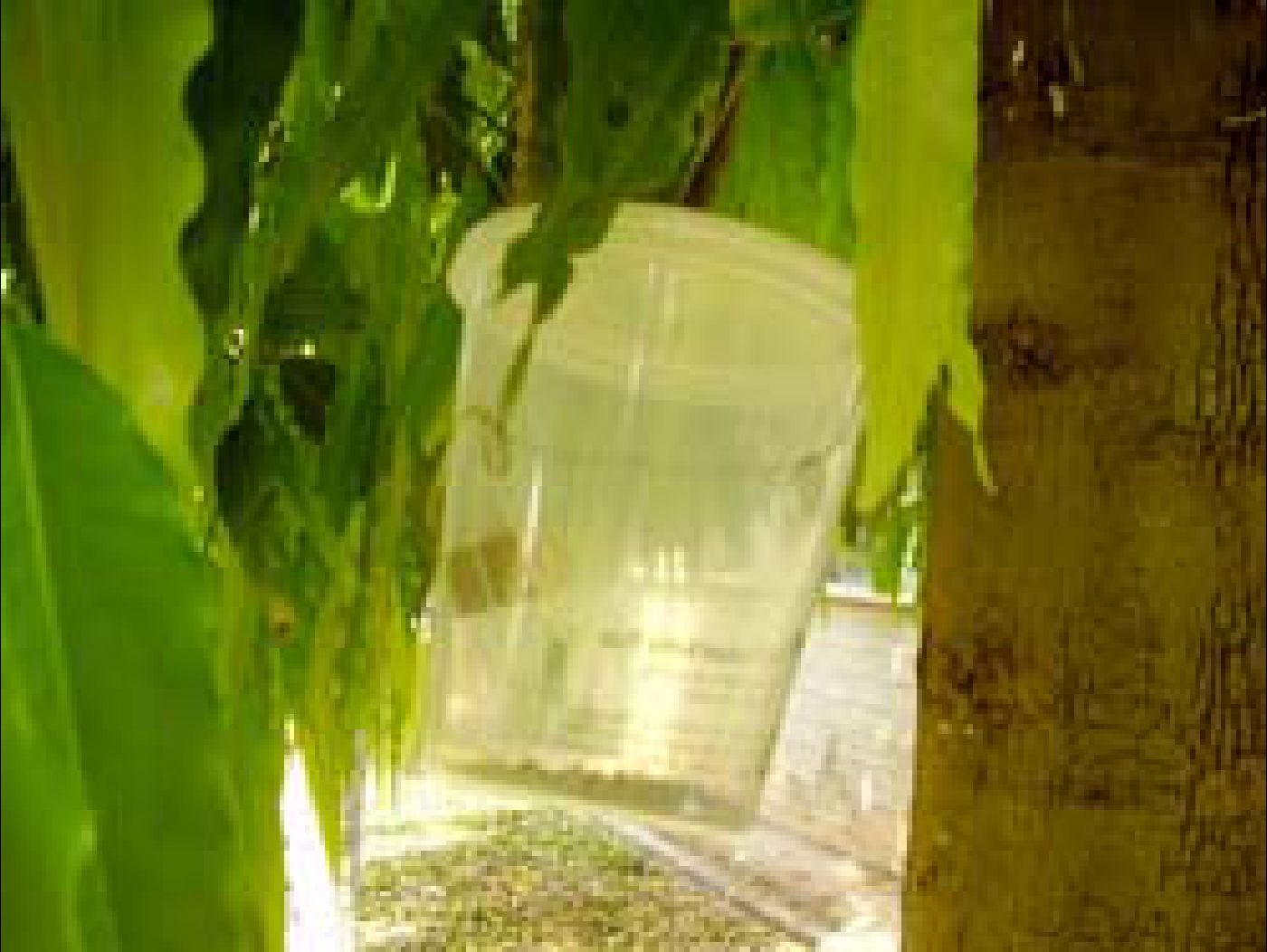Mango Value added Products
Osmotic Dehydration of Mango Slices
• Osmotically dehydrated products are shelf-stable, highly nutritious, with good natural colour, flavour and texture.
• Osmotically dehydrated mango is nearer to fresh fruit with enhanced nutrient and taste.
• It involves dehydration of mango slices in two stages. The first phase is the removal of water using sugar syrup as an osmotic agent. The second phase is dehydration of osmosed slices in hot air drier.
• The process is simple and involves operations like selection of fruits, cleaning, washing, peeling, curing and slicing/dicing. The prepared fruit slices are soaked in sugar solution (50-70° Brix) to remove water by osmotic pressures.
• Then the slices are drained and dried in hot air drier at 55-60°C temperature till the moisture content in final product reaches to 13-15%. The dried fruit is packed in flexible pouches.
• Osmo-air dried sample can be stored at room temperature for one year.
• Mango varieties Alphonso, Dushehari, Arka Anmol and Totapuri are suitable for osmotic dehydration.
• To get 1 Kg of osmo-air –dried slices, about 3 Kg of fresh mango slices are needed while 7-8 Kg fresh mango fruits are required to make 1 Kg finished product.
• This is a dehydrated product suitable for manufacture under micro/ small and medium size industries.
• The product can be used alone as dried fruit (snack) or as a adjuvant with other dried fruits like dates, cashew, almond etc. it can also be used in ice-cream industry, confectionary, fruit salads, kheer, cakes and bakery products.
• This is highly suitable for children, mountaineers, defense forces in difficult areas where carrying and delivering bulky and perishable fresh fruits is difficult.





